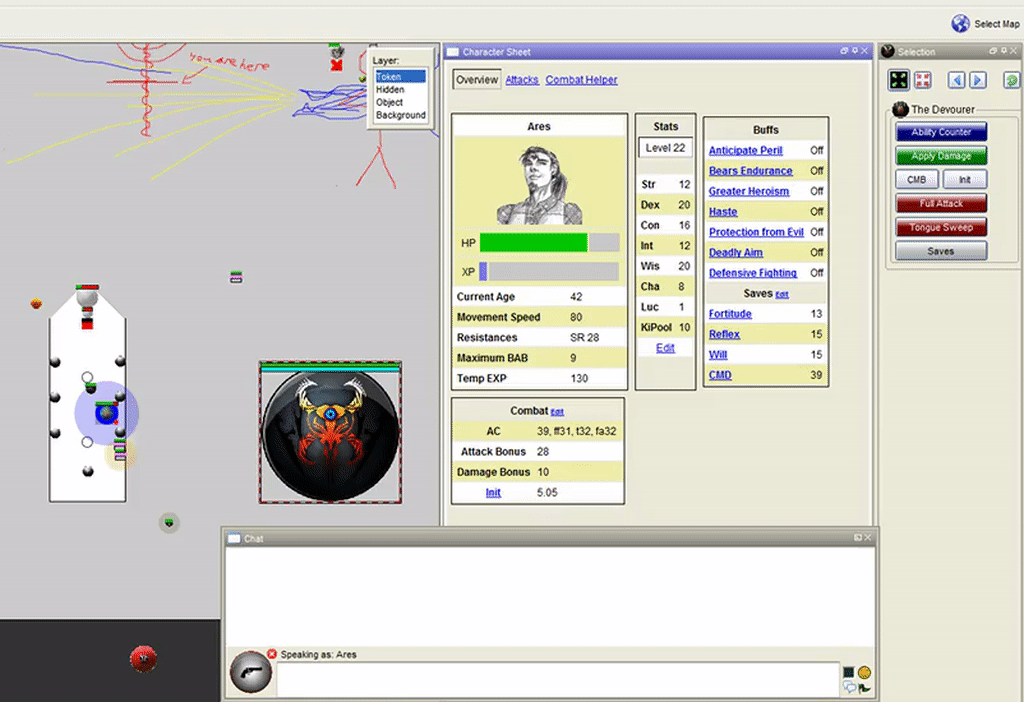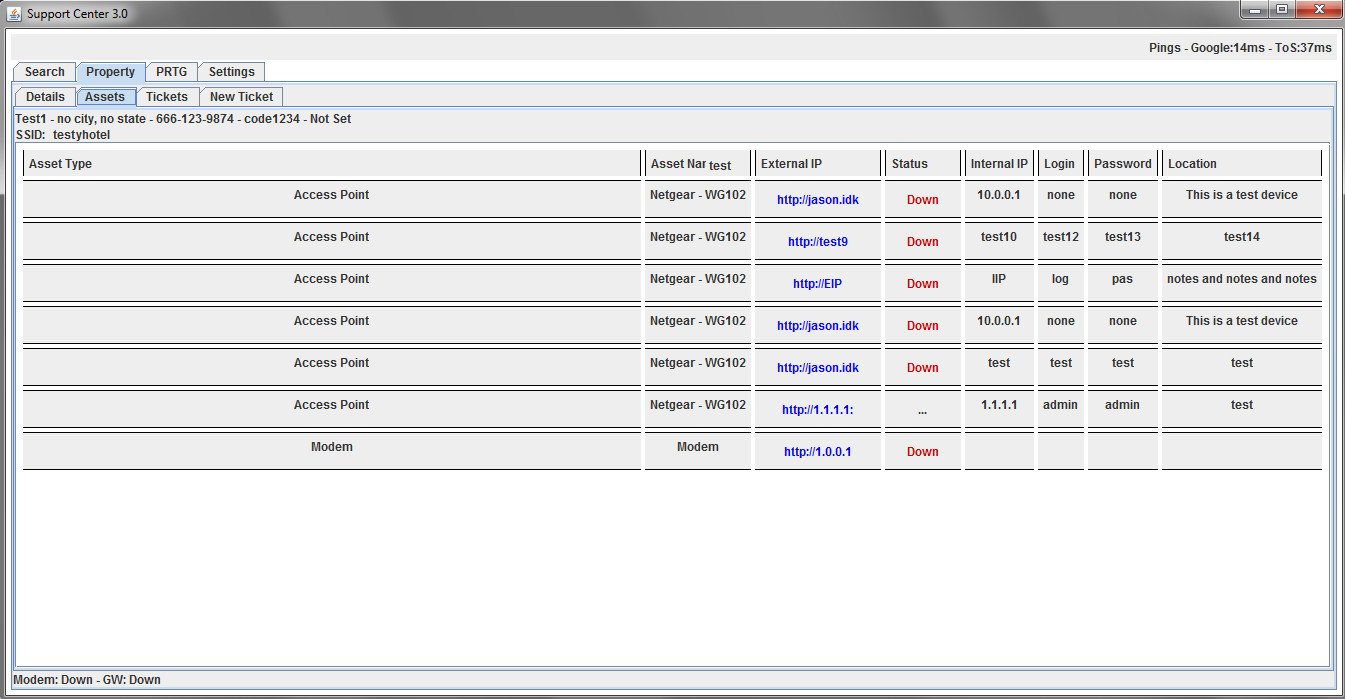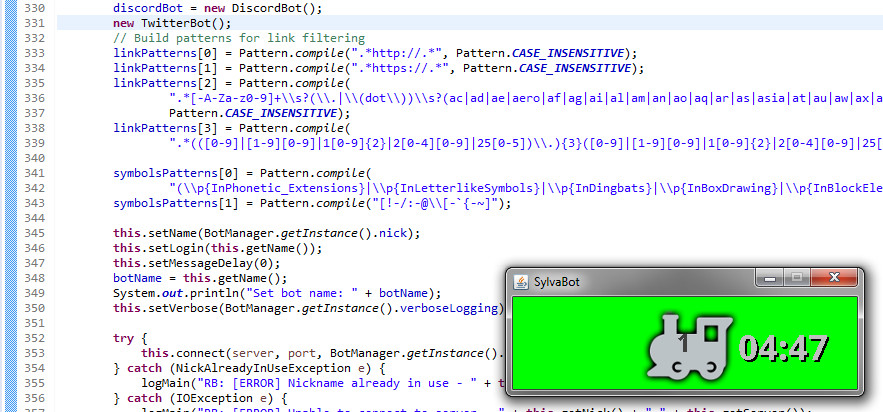This is a character sheet I made for use with Pathfinder rules, using Maptool's macro language. This was interesting
because the language is very limited; for example, it only allows up to two nested code brackets, which severely
limits its usability.
Despite this, I managed to get this to display for a player as a frame in their window, with links to roll for
saves or abilities, ways to edit them, and the options to apply 'buffs' for common spells. This edits each
Maptool Pog directly to store and retrieve information, so it can be used on any Pog with minimal to no setup.
Before this, our procedure involved each player creating their own custom macros which would take time and
would often result in problems - this solves those problems by using generic functions that can work for any
given pog, and asking for user input when data is not found.
In addition to the code itself, all display elements such as the frame us HTML and CSS, heavily formatted for
readability.
I also managed to simplify combat by allowing a player to input data about their 'attacks', which can then be
performed on the fly by selecting the tokens to attack. This displays the token's AC (how hard they are to
hit), resistances, and immunities. Since most attack procedures involve multiple attacks, the player can then
queue up attacks on targets one at a time until they've used up all of their attacks. This is shown to them
in an active window where they can edit some of the values - in case there are variables that the sheet is
not accounting for.
Once they are finished they submit this, which is then sent to the GM or Game Master for
approval. The GM sees both the original values and any modifications that were made, and is free to make any
further modifications (as GameMaster, the ability to change results without alerting others is invaluable).
Once this is approved, a simple table showing the results is output to chat, and the damage is applied to the
respective targets as appropriate. This massively simplifies combat, removing the need for players to do math
or spam the chat by rolling individually, and the need to add bonuses 'on the fly' when the player's macro
didn't include them automatically. This feature is not yet fully implemented as I have not had time to work
on this recently, but finishing it will be my next step.



